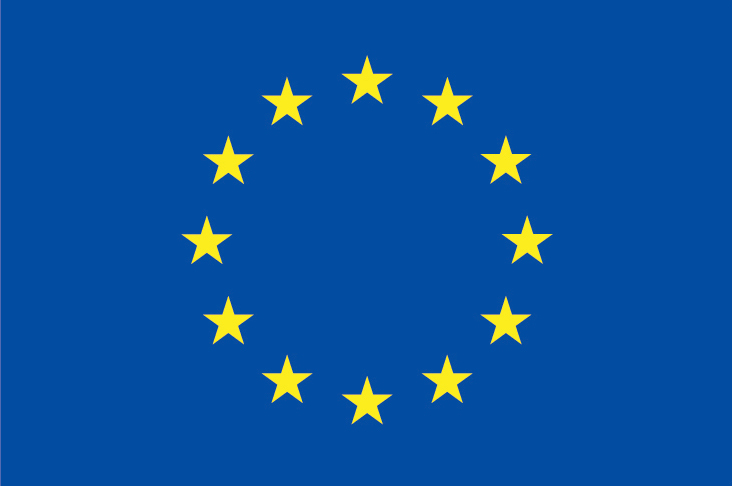
Pokhara’s Parking Puzzle: Calls for Planned Development
Written by: Deepa Bhandari and Manju Giri, Youth Leadership in Action Fellows, Accountability Lab Nepal
Have you ever had difficulty finding a parking spot on New Road in Pokhara? It’s quite an adventure! It further worsens on weekends when you may find yourself circling for a good amount of time to secure a spot. All that increases the chance of accidents. And let’s not forget how it disrupts the traffic flow.
Parking is a problem of space, with the increase in the number of vehicles running on the roads. In Pokhara Metropolitan City, the number of vehicles keeps increasing. If nothing is done about it in the next five years, Pokhara is likely to deal with a massive parking crisis. We’re already seeing signs of this problem, and it’s only going to get worse.
Some common problems we face include inadequate parking spaces, poorly maintained parking spaces, illegal parking on streets and public areas, increasing number of vehicles and subsequent traffic congestion and lack of proper enforcement of parking rules. One of the key reasons is also the efficient public transportation facilities leading to households preferring private vehicles for convenience.
While Pokhara is declared as the tourism capital of Nepal with its breathtaking reflection of the lake and scenic view of mountains, the lack of management in some sectors, parking definitely being one, is disrupting the overall experience for tourists. The prime locations of Pokhara are always crowded and unpleasing, causing difficulties for pedestrians to navigate.
According to the 2021 Global Parking Index by Parkopedia, most of the populated cities adopt solutions like constructing multi-storey parking buildings or examining the capacity of parking spaces with the increase in vehicle purchase. Although the Nepal government has shared plans on constructing multi-storey and underground parking facilities, the projects are yet to materialize.
Beyond Pokhara, the Kathmandu Metropolitan City introduced the “smart digital parking” system in 2019 which allowed users to book parking spaces via a mobile app. However, the initiative largely failed due to the lack of technical capacity and mismanagement. Recently, Kathmandu Metropolitan City’s Mayor Balen Shah, has been tackling the problem by creating specific parking zones and promoting No-Vehicle zones/No Parking in areas with heavy pedestrian volume. It is being appreciated widely as a good practice.
Under Motor Vehicles and Transport Management Act, 2049 parking motor vehicles in a public place in such a manner as to cause danger, obstruction, or inconvenience to any other motor vehicle or person is prohibited. Pokhara had been inviting companies to manage parking facilities since 2057 BS. However, it had not received interest from any companies for years. PMC then lowered the bid price by half to three crores fifty-six lakh in 2075 BS but only to receive applications from three companies that too were eventually rejected due to competency concerns. This highlights a significant challenge in finding suitable solutions to Pokhara’s parking woes, urging authorities to explore alternative approaches for effective management.
Recently, the International Flag Park established by Pokhara Metropolitan City at Mahendrapool has sparked criticism. Critics argue that the park could have been used as a parking space. They suggest that construction of such a park in Lakeside which is already popular among tourists could have added to their attraction. If Pokhara Metropolitan City had planned this development properly, the chaos around the New Road area could have been managed. While it’s great to have new attractions, it’s also important to address practical needs.
Some of the key solutions to address this issue includes construction of more parking facilities, implementing stricter regulations, and promoting alternative transportation methods like public buses and taxis to help ease traffic. Nonetheless, the sole responsibility does not lie on the government but also the public to follow the traffic rules and parking protocols.





